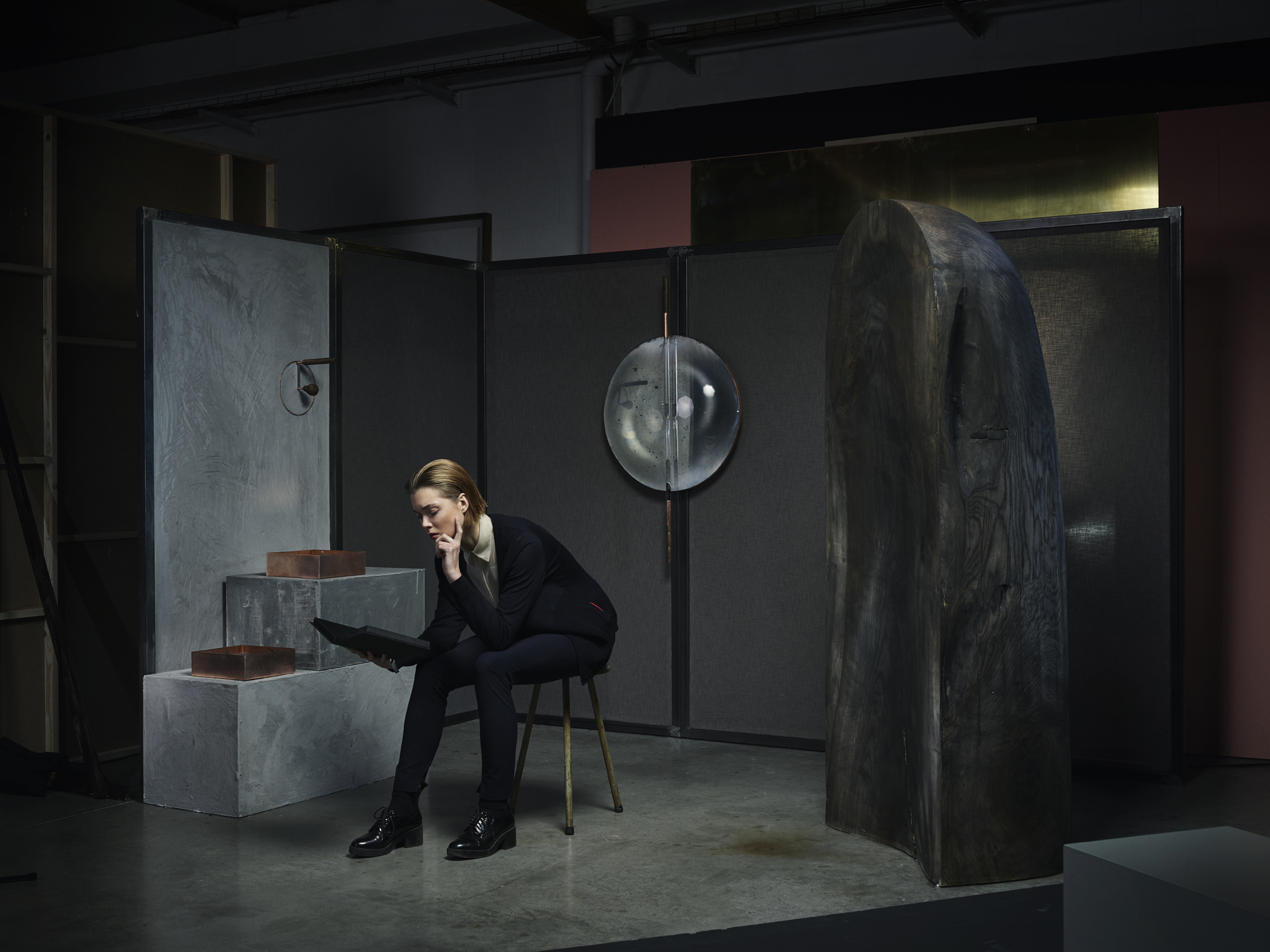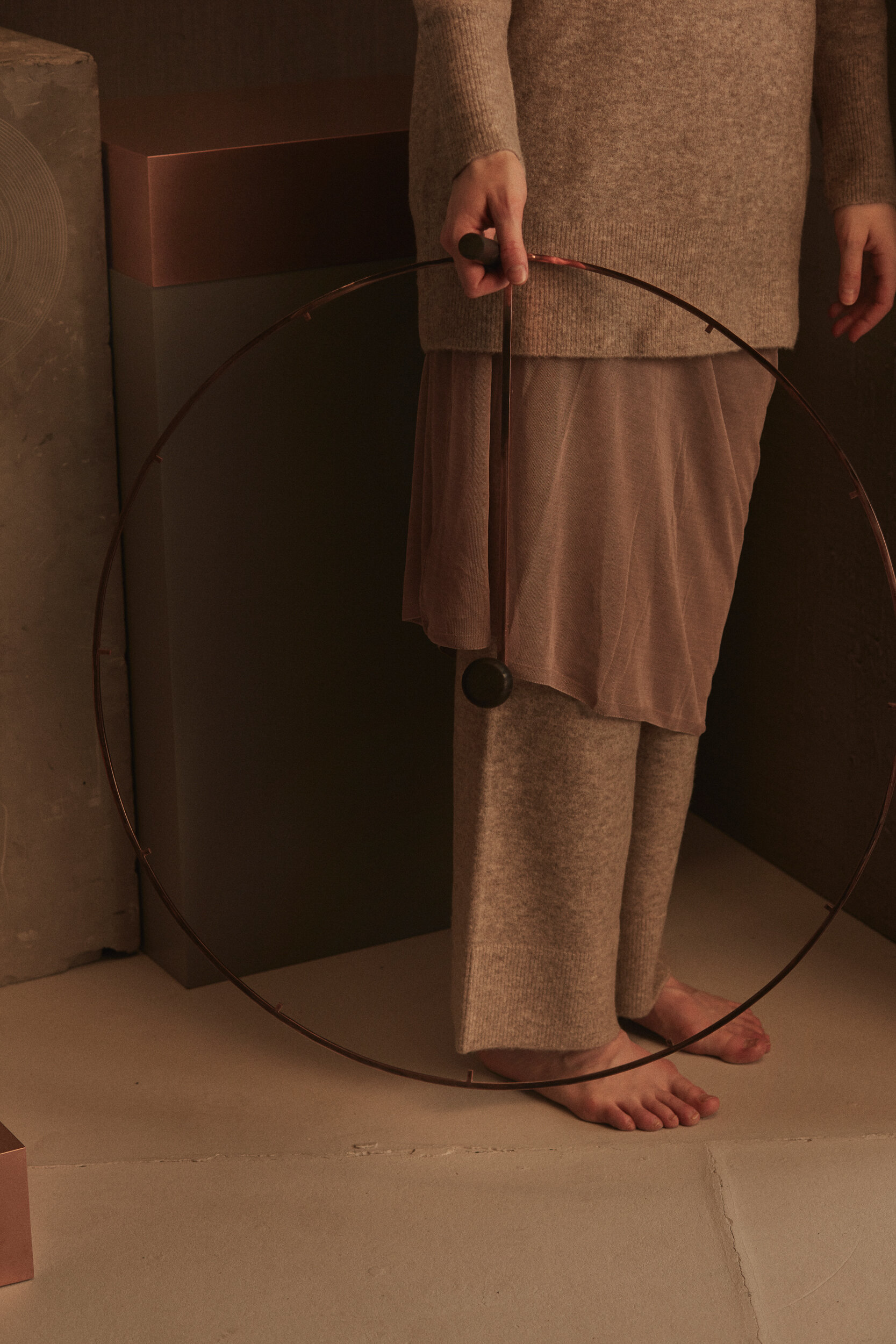EMBRACE MELANCHOLY
Embrace Melancholy is a collection of objects and situations, inquiring our relationship to the emotional layeredness of our existence and how can re-become a part of our contemporary lives and living.
With this collection, Nel Verbeke wants to re-introduce and re-value the act of melancholy within a timeframe dominated by a constant search for happiness and self-control. Could melancholy – that bittersweet, undefined and in essence autonomous state of mind – still be sought for considering the perspectives of how we arrange our lives today?
The collection is a result of the discrepancies, found between observations of current tendencies – showing a dominance of the aspiration of constant happiness and self-control – and research on historical perceptions – where moments seized with emotion were seen as desirable conditions, sought for their ‘bitter sweetness’ and intensity.
THE ARCHITECTURE OF TIME
Throughout her research into the Architecture of Time, Nel Verbeke aims for circumstances that intensify our engagement with time and space and the objects within. Resulting in concepts and materialisations that first of all suggest that a moment in itself deserves its own architecture: to shelter us in our momentary presence and thus untie us from what lies ahead, from the ever accelerating rhythms by which we live our lives. A thought she further develops through the idea of ‘niches’, architectural cavities in walls that rather have a spiritual than a functional value and are historically and interculturally linked to the withdrawal from pragmatic existence and the ever-urgent quest for (self-)insight. She reinterprets them as free-standing alcoves that articulate the trajectory of daylight or makes them the outcome of a dedicated gesture. Sometimes they are able to enclose a human body, other times they appear as micro-architectural manifestations and are primarily a focal point for the gaze and mind.
Although it could just as well be said that it is time itself that defines its architecture and shapes its space, allowing us to enter it, to even inhabit it. An assumption already contained in the title and further emphasised by the materials applied. The copper that refers to ancient traditions and antique artefacts, that makes the passing of time known in the traces on its surface. Or the dug-up soil of a specific place, layered through history and marked by the seasons; the soft grinding of metal in plaster and the settling of dust. Materials and processes showing how time reaches for tomorrow but consists of yesterday and has more to do with a flower’s gracious decay than the span of an hour.


